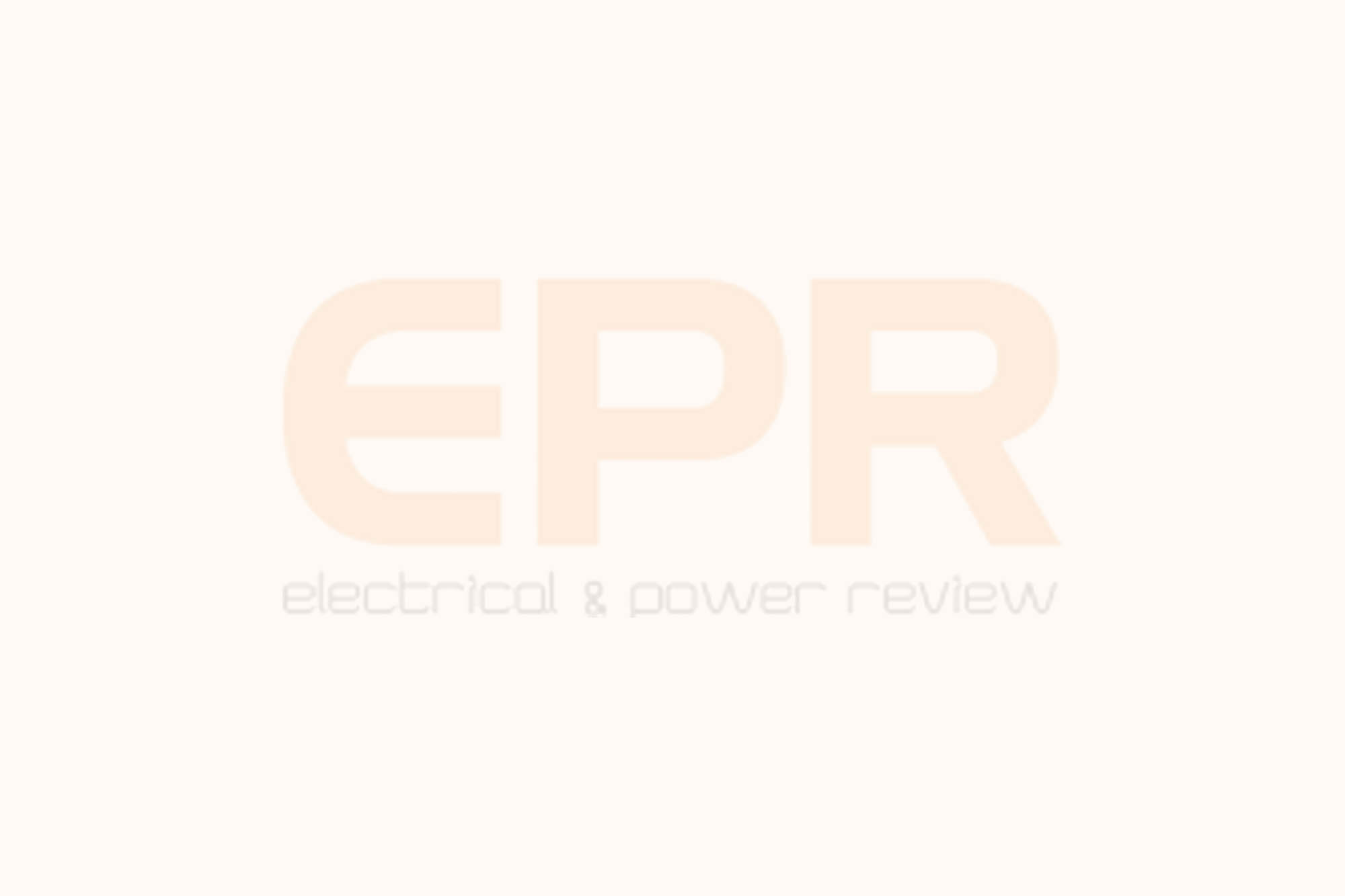Powering up discoms
By EPR Magazine Editorial February 25, 2014 11:24 am IST
By EPR Magazine Editorial February 25, 2014 11:24 am IST

Reforms at the power utility level will lead the way for its sustainable growth in 2014
As the Indian economy gears up for a more optimistic 2014, its sustainable development will warrant growth from all sectors, particularly the power sector, which will play an instrumental part in catalysing India’s growth. Moreover, any rationalisation and modernisation of the policy regime in the power sector will set an example for other infrastructure sectors.
The clear lesson from the recent Indian experience is that the most critical challenge faced by the power sector is the dismal health of discoms, which has led to inadequate investments in the sector. This has, in turn, led to serious power shortfall, as well as poor quality of supply, which are both very serious constraining factors on overall economic output.
The combined financial losses of all the power distribution companies stand at a staggering ` 1,200 billion (`1,20,000 crore or nearly 1.5 per cent of the country’s GDP). These losses were due to the rising gap between average cost of supply and the average realisation; going by which distribution companies lose ` 2 for every unit of electricity sold by them.
Timely tariff hikes in the power sector are perhaps its most politically sensitive issue. Many states have not revised tariffs in the last 5-6 years and some for over a decade. With average cost of supply growing at over 7 per cent CAGR in recent years, the situation has become untenable.
Today, distribution entities across the country, whether in public or private sector, urgently require tariff hikes to the tune of 50-60 per cent to meet their operating costs and serve the economy with reliable supply of power. An increase of this magnitude will seem staggering to the political leadership and the consumer, but the stark fact is that this hike would still leave unattended the subject of past accumulated losses due to irrationally low tariffs.
It’s important to note some positive signs initiated by the government and policy makers in this regard. Calendar year 2012 witnessed tariff hikes in 30 Indian states and UTs, averaging between 10 per cent and 37 per cent. This is for the first time that almost all states have issued tariff orders.
We use cookies to personalize your experience. By continuing to visit this website you agree to our Terms & Conditions, Privacy Policy and Cookie Policy.